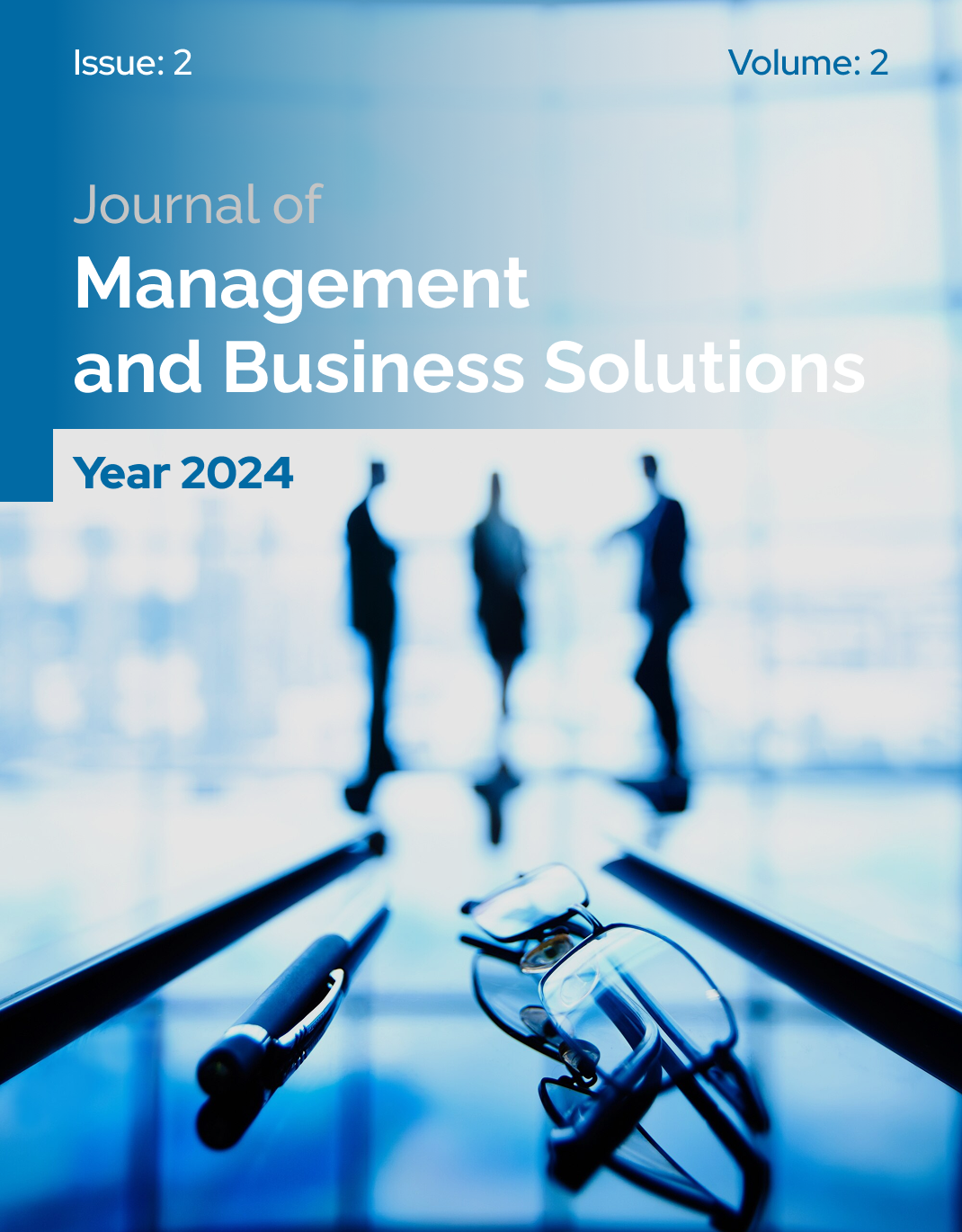Exploring the Dimensions of Employee Well-Being in High-Stakes Work Environments: A Study of the Aviation Industry
Keywords:
Employee well-being, aviation industry, high-stakes work environments, psychological strain, qualitative research, organizational support, resilienceAbstract
This study aimed to explore the key dimensions influencing employee well-being in high-stakes work environments, with a specific focus on the aviation industry in Tehran. A qualitative research design was employed, utilizing semi-structured interviews to collect in-depth data from 25 aviation professionals in Tehran, including pilots, flight attendants, air traffic controllers, ground crew, and maintenance personnel. Participants were selected using purposive sampling to ensure diverse representation across job roles. Interviews were conducted until theoretical saturation was reached. The data were transcribed verbatim and analyzed using thematic analysis with the support of NVivo software, allowing for inductive identification of major themes and subthemes related to well-being. Three overarching dimensions of employee well-being emerged from the analysis: psychological and emotional strain, organizational and environmental influences, and personal and professional fulfillment. Key subthemes included occupational stressors, emotional exhaustion, leadership support, safety climate, workload management, team dynamics, sense of purpose, resilience, and social support. Participants reported high levels of work-related stress, exacerbated by irregular schedules and role responsibilities, but also expressed deep job satisfaction tied to mission-driven work and peer support. Organizational justice, empathetic leadership, and access to mental health resources were identified as critical facilitators of well-being. The findings highlight the complex and multifaceted nature of employee well-being in high-risk sectors like aviation, where psychological strain coexists with strong intrinsic motivation and fulfillment. Enhancing well-being in such contexts requires systemic organizational interventions focused on leadership behavior, team culture, fairness, and integrated support systems. The study contributes to a more holistic understanding of occupational health in safety-critical environments and offers practical implications for workforce management in high-demand industries.
Downloads
References
Ashkanasy, N. M., Härtel, C. E. J., & Daus, C. S. (2002). Diversity and emotion: The new frontiers in organizational behavior research. Journal of Management, 28(3), 307–338. https://doi.org/10.1177/014920630202800304
Bakker, A. B., & Demerouti, E. (2007). The Job Demands-Resources model: State of the art. Journal of Managerial Psychology, 22(3), 309–328. https://doi.org/10.1108/02683940710733115
Bor, R. (2003). Psychological factors in airline safety. Aviation, Space, and Environmental Medicine, 74(1), 89–94.
Braun, V., & Clarke, V. (2006). Using thematic analysis in psychology. Qualitative Research in Psychology, 3(2), 77–101. https://doi.org/10.1191/1478088706qp063oa
Caldwell, J. A. (2012). Fatigue in aviation. Travel Medicine and Infectious Disease, 10(5-6), 241–247. https://doi.org/10.1016/j.tmaid.2012.09.001
Danna, K., & Griffin, R. W. (1999). Health and well-being in the workplace: A review and synthesis of the literature. Journal of Management, 25(3), 357–384. https://doi.org/10.1016/S0149-2063(99)00006-9
Edmondson, A. (1999). Psychological safety and learning behavior in work teams. Administrative Science Quarterly, 44(2), 350–383. https://doi.org/10.2307/2666999
Evans, R. W., Krawczyk, M., & Teague, J. (2016). Stress and mental health in aviation: A review. Occupational Medicine, 66(6), 449–455. https://doi.org/10.1093/occmed/kqw038
Fanjoy, R. O., Harriman, S. L., & DeMik, R. J. (2003). Individual and environmental predictors of burnout in professional pilots. International Journal of Applied Aviation Studies, 3(1), 1–16.
Farhadi, H., Najafi, M., & Tavassoli, A. (2021). The impact of sanctions on civil aviation: A qualitative study in Iran. Journal of Air Transport Management, 91, 101997. https://doi.org/10.1016/j.jairtraman.2020.101997
Grant, A. M., Christianson, M. K., & Price, R. H. (2007). Happiness, health, or relationships? Managerial practices and employee well-being tradeoffs. Academy of Management Perspectives, 21(3), 51–63. https://doi.org/10.5465/amp.2007.26421238
Hobbs, A., & Williamson, A. (2003). Associations between errors and contributing factors in aircraft maintenance. Human Factors and Aerospace Safety, 3(2), 69–86.
Kelloway, E. K., & Barling, J. (2010). Leadership development as an intervention in occupational health psychology. Work & Stress, 24(3), 260–279. https://doi.org/10.1080/02678373.2010.518441
Melchior, M., Herquinio, C., Caspi, A., & Kawachi, I. (2018). Adverse occupational exposures and psychological well-being: Toward an expanded occupational health model. Social Science & Medicine, 204, 1–8. https://doi.org/10.1016/j.socscimed.2018.03.018
Ryan, R. M., & Deci, E. L. (2001). On happiness and human potentials: A review of research on hedonic and eudaimonic well-being. Annual Review of Psychology, 52(1), 141–166. https://doi.org/10.1146/annurev.psych.52.1.141
Sonnentag, S., & Fritz, C. (2015). Recovery from job stress: The stressor-detachment model as an integrative framework. Journal of Organizational Behavior, 36(S1), S72–S103. https://doi.org/10.1002/job.1924
Downloads
Published
Submitted
Revised
Accepted
Issue
Section
License

This work is licensed under a Creative Commons Attribution-NonCommercial 4.0 International License.




